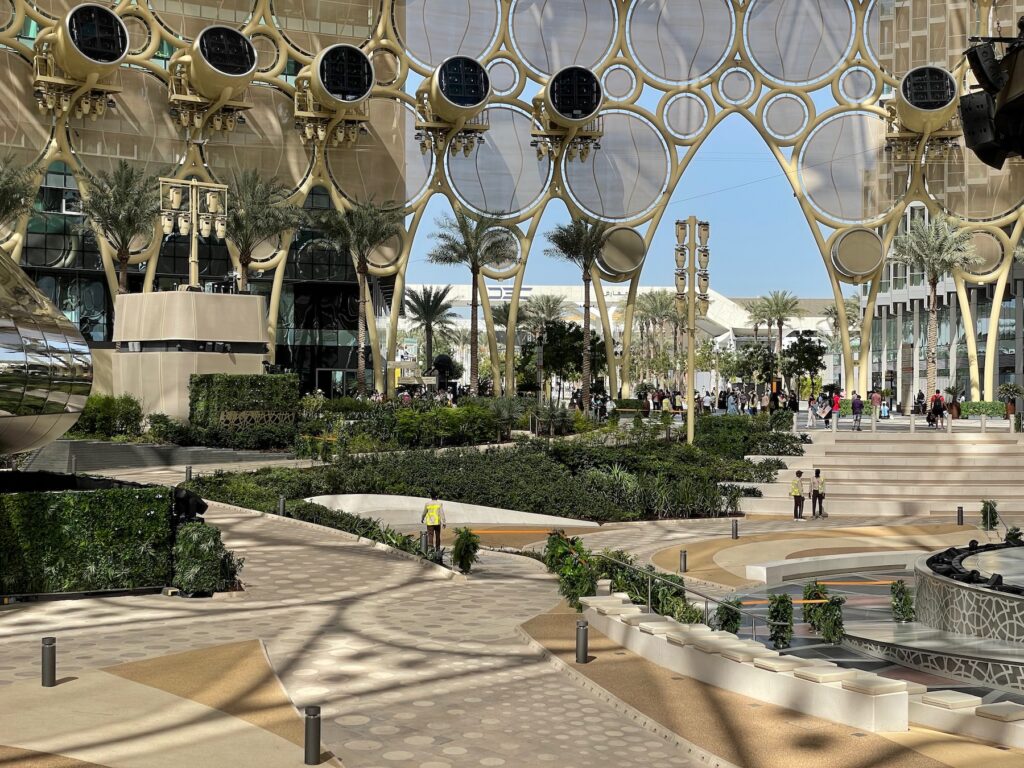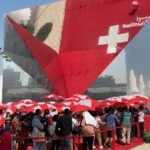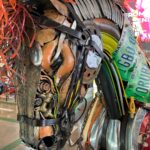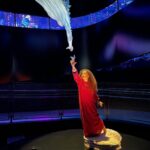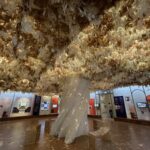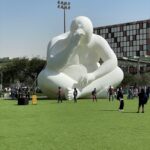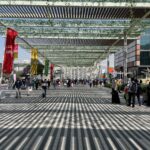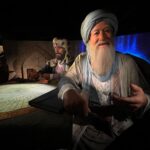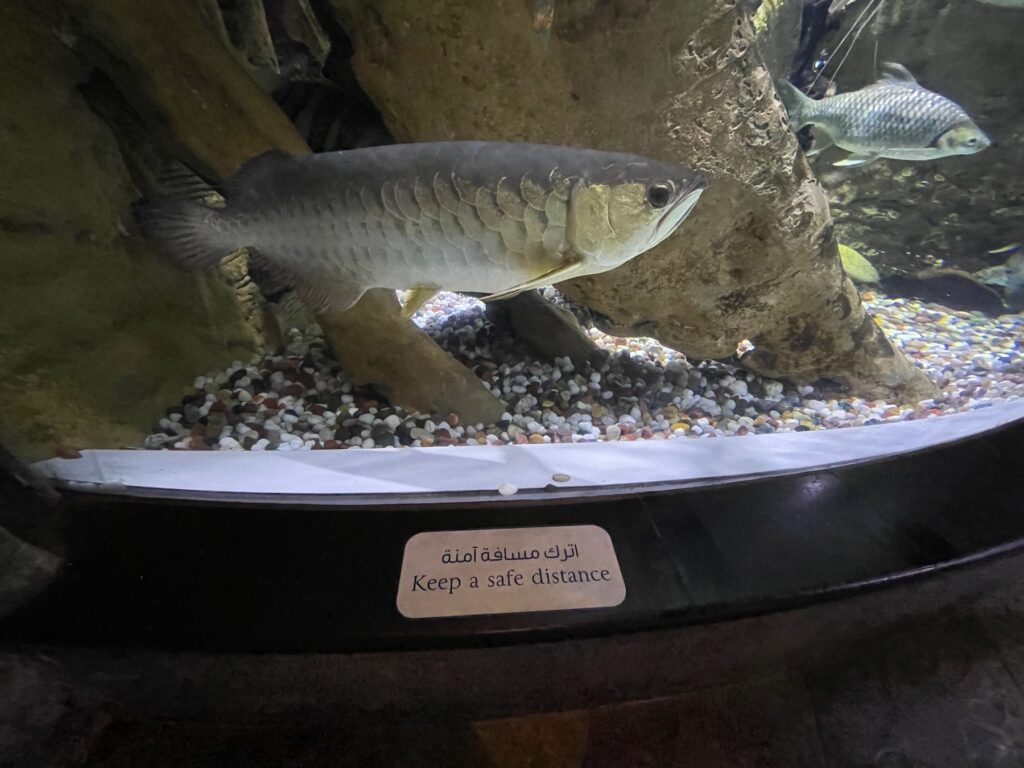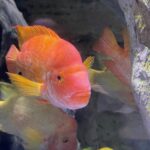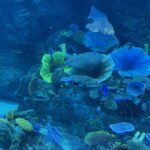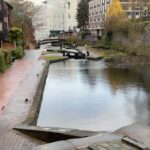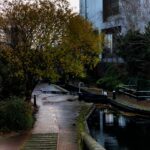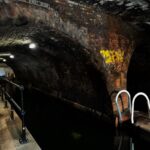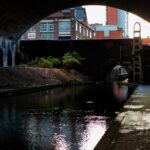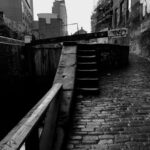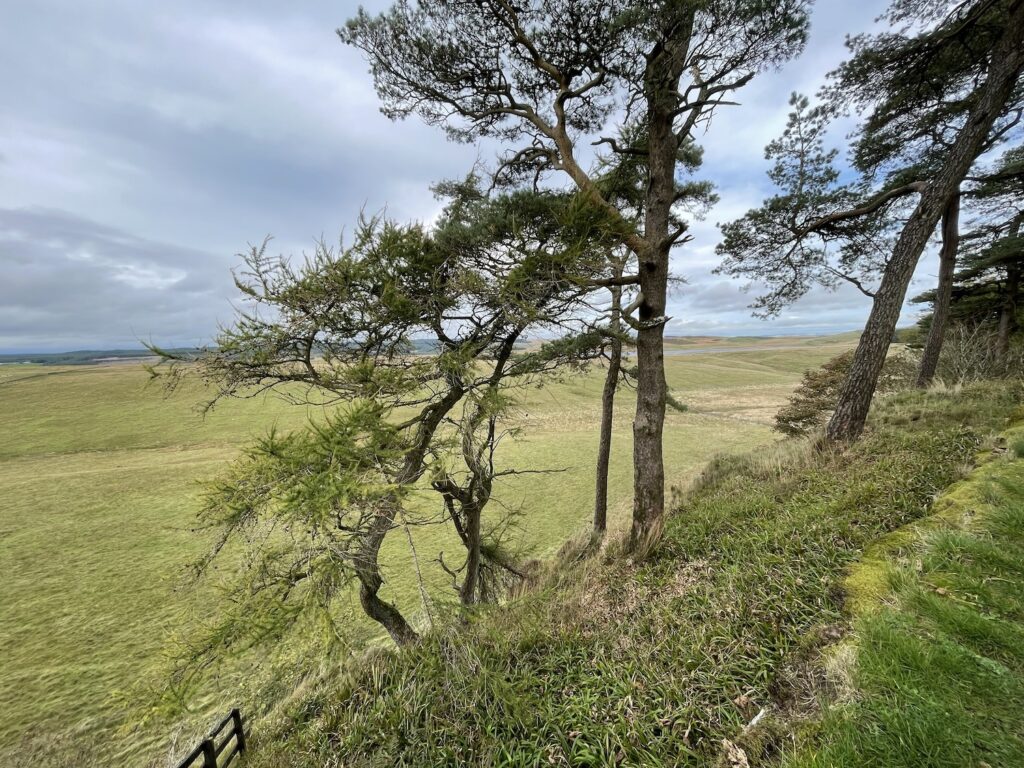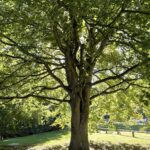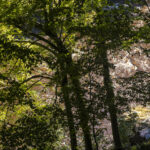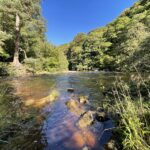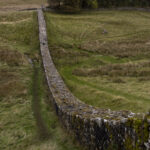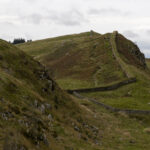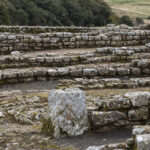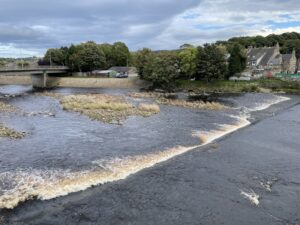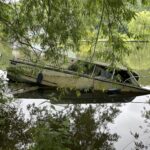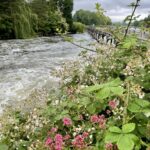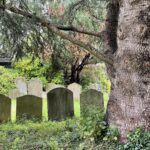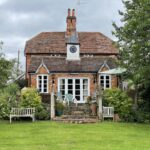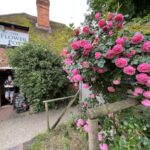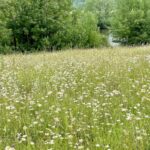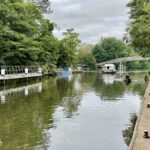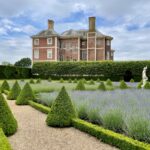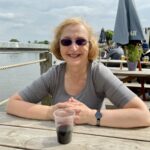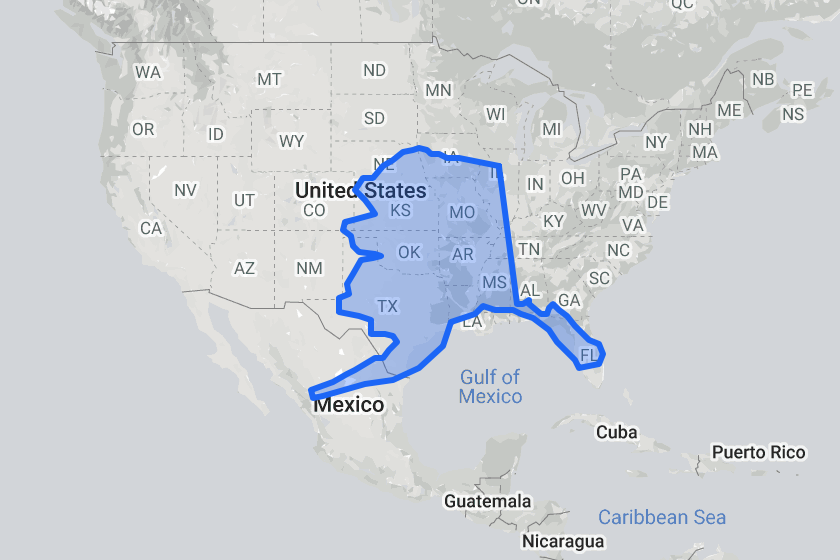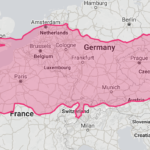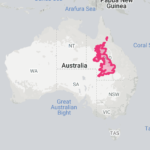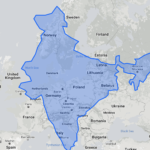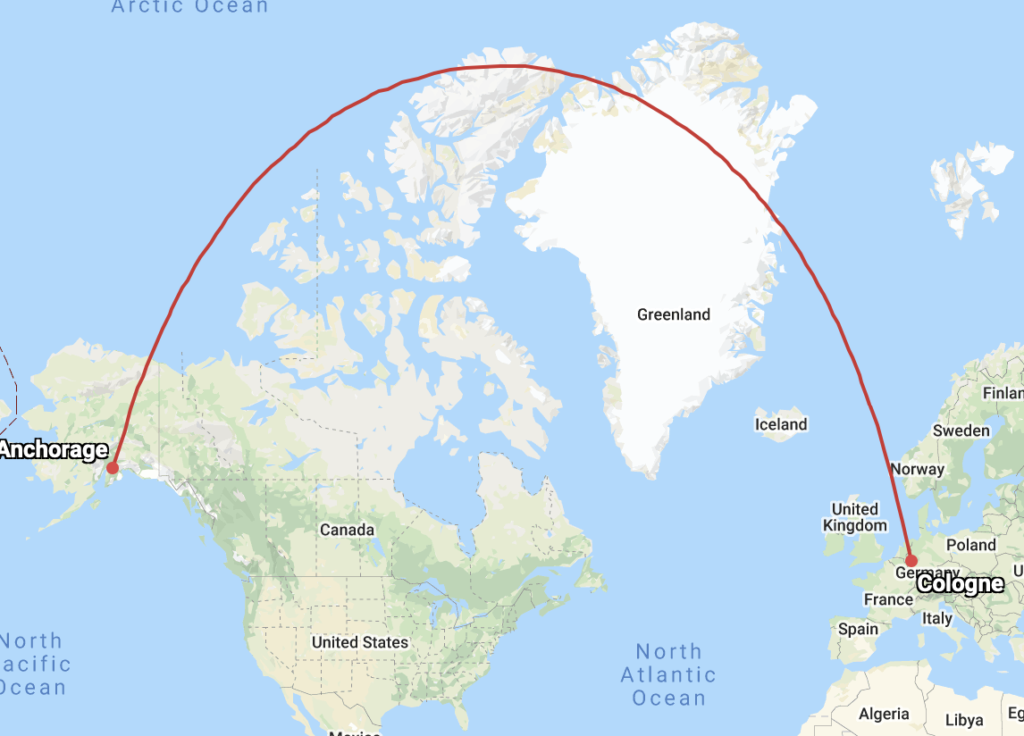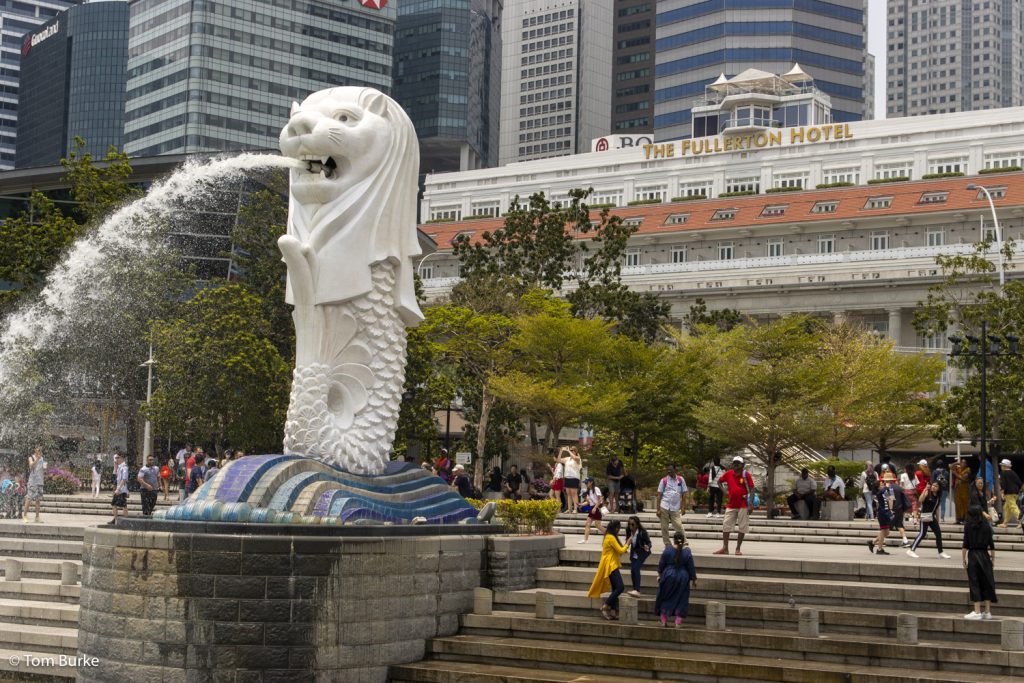So we visited Expo 2020, on a couple of days. After all, this was the principal ostensible reason for going. Just getting away for a week, to somewhere warm, after two years of not being able to do so had nothing to do with it. At all.
The Expo is on a new site about 25 miles or so from our hotel (Dubai really is that spread out). It’s broadly organised in three themes – Sustainability; Mobility; and Opportunity – and each theme has a has large area of the Expo dedicated to it within which is a grand thematic pavilion. Then in each area are the country pavilions, and the exhibition or display in each country pavilion is supposed to reflect, to some degree, the theme of the area it was situated in. There were over 200 country pavilions, ranging from vast (Thailand, for example) to small (Nigeria was just one room on one level). Then there were food outlets, again ranging in size from small carts to full scale restaurants. Some of the latter were associated with a country pavilion – we had a very good lunch in the restaurant attached to the Thai pavilion, for example – but there were a number of non-country specific outlets, e.g. there Costa Coffee outlets all over the site. There were also several parks, and a number of performance stages dotted around.
On our first day there (Saturday) we got there on the free shuttle bus provided by the hotel; this departed at 09:10 and arrived by about 9:45. There was also a later departure, at 11:10, and two return journeys with pickups from Expo at 6:45 and 8:45 in the evening. Our shuttle bus (just 17 seats) was pretty full on the way there, but when we came back at 6:45 there were just four of us on the bus. This suggested that the later bus might have been over-full. Fortunately there were alternatives; the local public transport authority was running free buses from various points in Dubai, Abu Dhabi and even points further afield every 30 minutes or so, and once you’ve got by bus to a convenient point in central Dubai then you can always get a taxi or use the metro to get to your hotel. Indeed, this was what we had to do today (Monday): the early bus to the Expo was full and we couldn’t get on it, so we took a taxi to Dubai Mall (25Dhs or a bit more) and then the free bus from there. Easy enough, but it meant we didn’t get there until an hour later than planned. Then we reversed the operation mid-afternoon.
Readers, we did not do well on Saturday. We visited a couple of the thematic pavilions (Sustainability and Opportunity) but keep looking at the country pavilions. In fact, we now think that it was the more thematic elements that were the best thing about the Expo. Some of the country pavilions hewed closer to their theme than others, and these were better – Singapore, situated in the Sustainability area, majored on their ‘city in a garden’ policy, for example. Others seemed to pay little attention to the theme.
We were also taken aback by the fact that there were queues to get into many of the pavilions, and at first this put us off visiting them. For example, there were long queues around both of the entrances to the UAE’s pavilion, the biggest at the Expo, and so we didn’t bother. Later in the day we became more relaxed about this, but in the course of that first day, a fair proportion of our time was taken up by foraging for food and searching for sanitation….
We decided to return today (Monday) specifically to target three pavilions that we had not visited: the UAE, Mobility, and Thailand. We were immediately disappointed when we discovered that the UAE pavilion was closed for most of the day, But we regrouped and did Thailand (where, as I mentioned above, we had an excellent lunch) and the Mobility pavilion. This was actually the best thing we saw, and we decided to leave after that – finish on a high note.
On purely practical points, we managed to bag ourselves a free multi-day pass courtesy of Emirates Airline who were supplying them to passengers. In theory visitors had to buy tickets, but I get the impression that as the Expo has continued (it’s been open since 1 October 2021 and will finish at the end of March), free tickets have become more common. Additionally, they were checking Covid vaccination status. Well in fact we snuck in on Saturday without that being checked which was as well because we weren’t ready to display our statuses, but by today we’d got that sorted out (downloaded the Covid pass to Apple Wallet) and indeed they were checked.
I’m still trying to summarise my thoughts about the Expo. Parts of it were spectacular (it certainly looked a million dollars), but it was also hot and tiring. And you have to ask about an exposition dedicated in part to Sustainability that’s being staged in a small desert country where everything has to be air-conditioned, and to which many visitors fly. But I have to say that I’m glad we went.
- Weird horse made of mechanical bits – Nigeria pavilion.
- Orchids inside the Singapore pavilion
- Super life-size figure in the Mobility pavilion
- In the Women’s pavilion
- Super life-size figure of a pearl diver in the Mobility pavilion
- He’s obviously thinking…
- One of the principal paths around the Expo
- Super life-size figures of early Arab explorers in the Mobility pavilion
